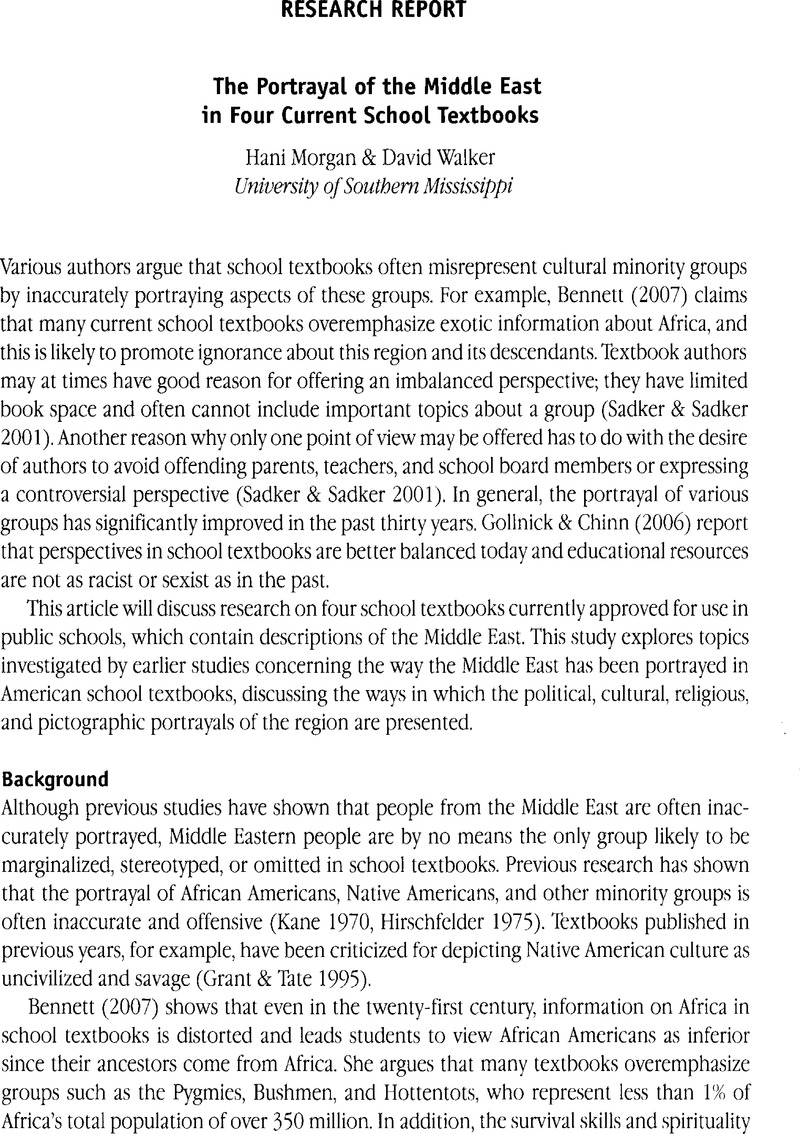Crossref Citations
This article has been cited by the following publications. This list is generated based on data provided by Crossref.
Love, Erik
2023.
Biopsychosocial Perspectives on Arab Americans.
p.
19.



